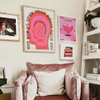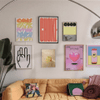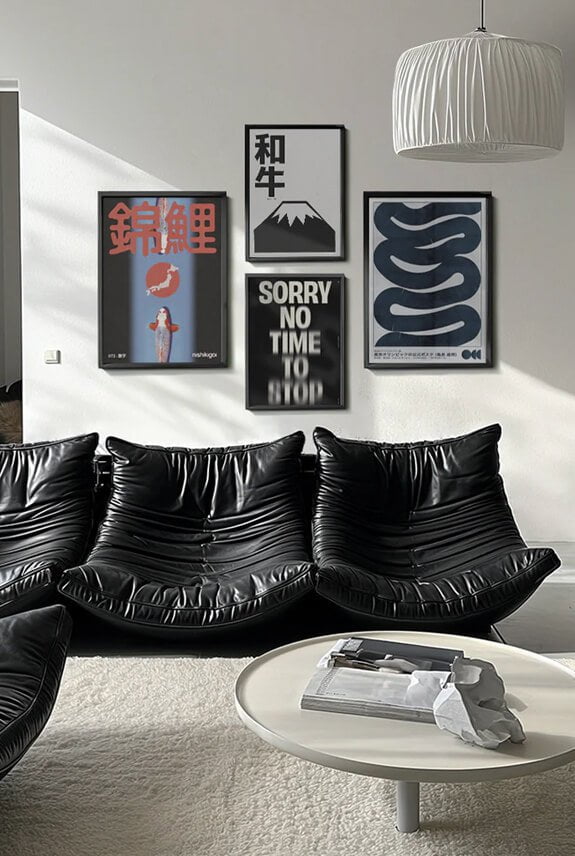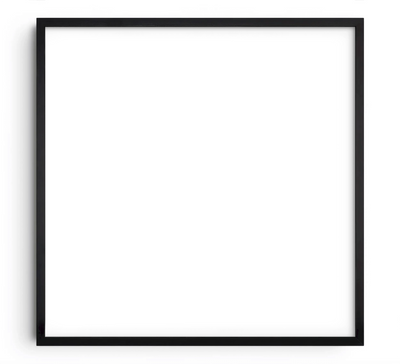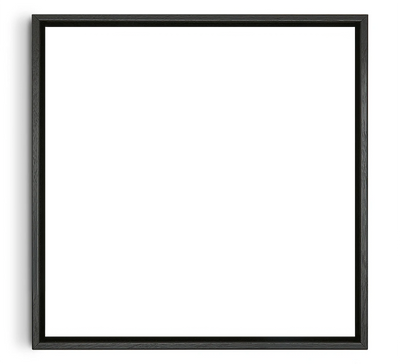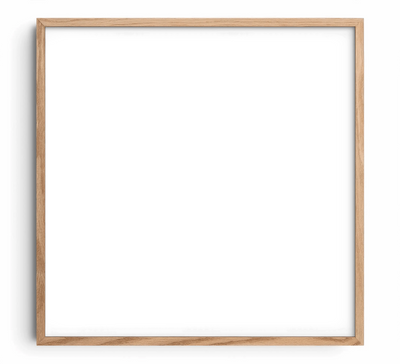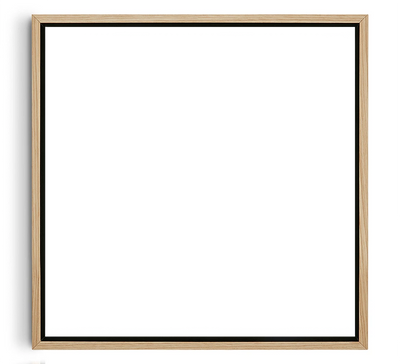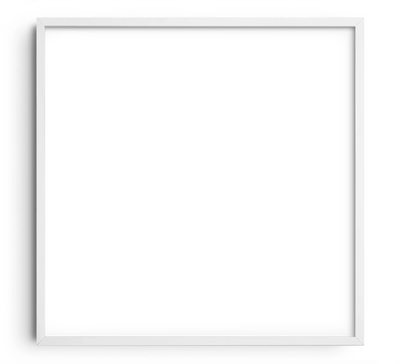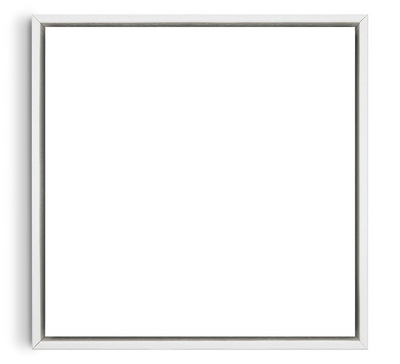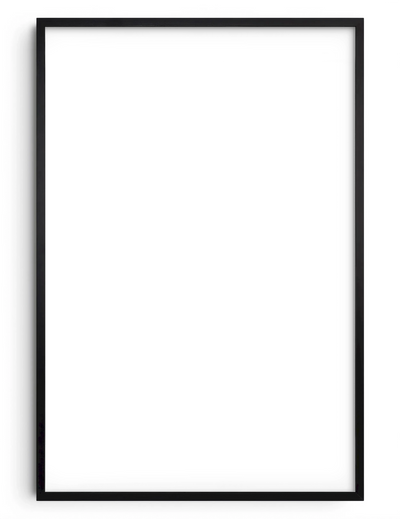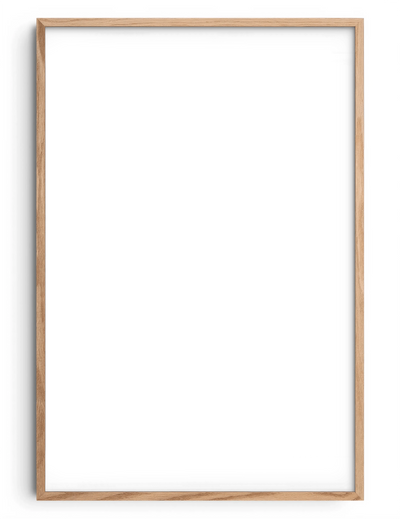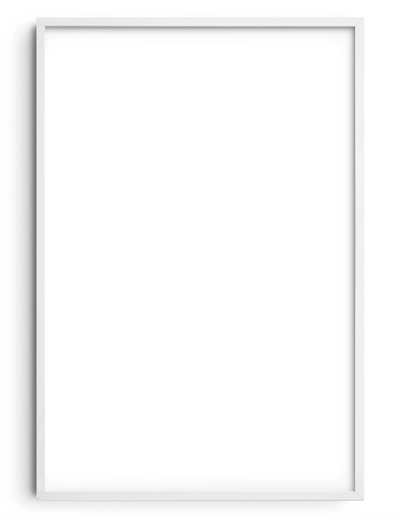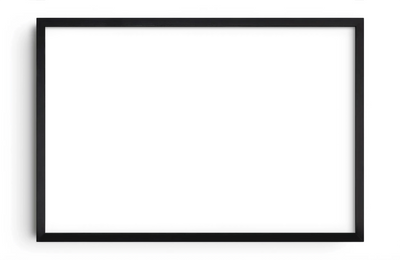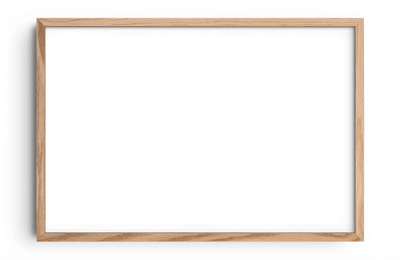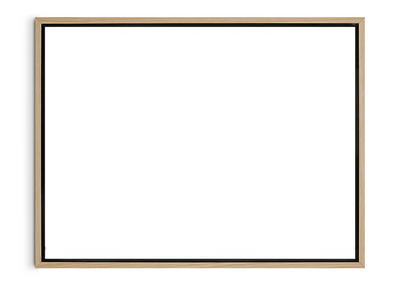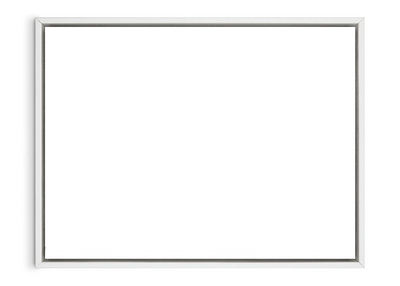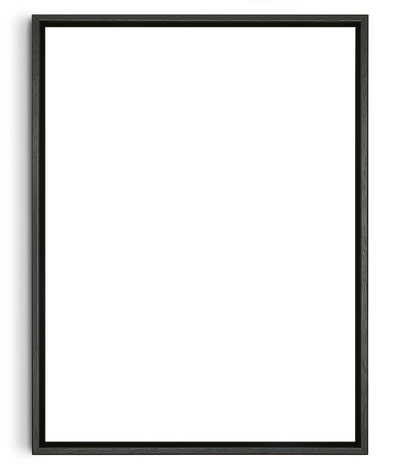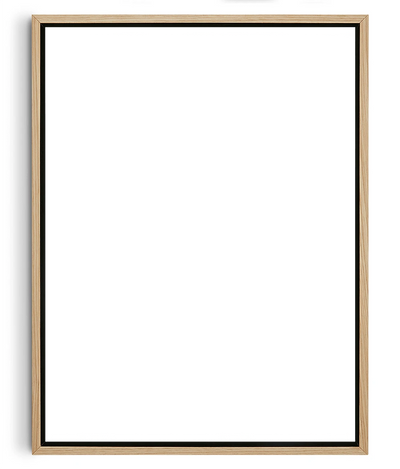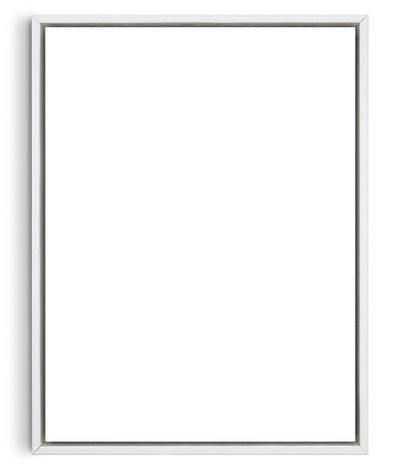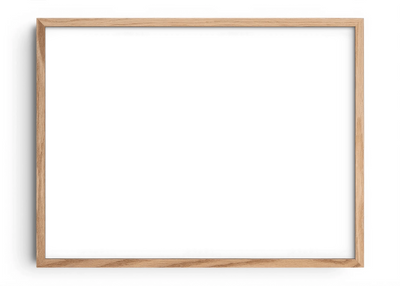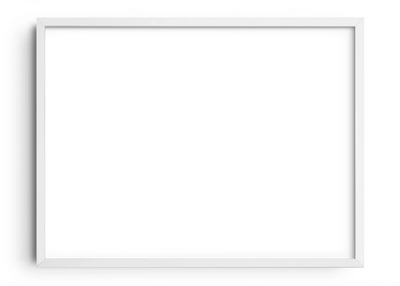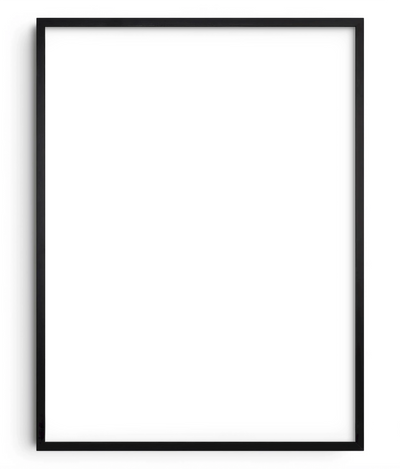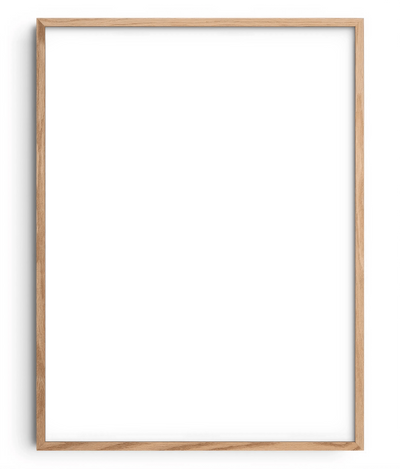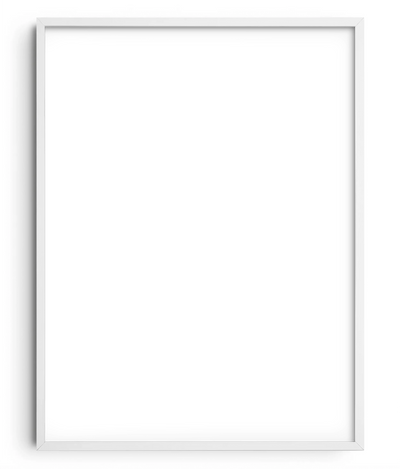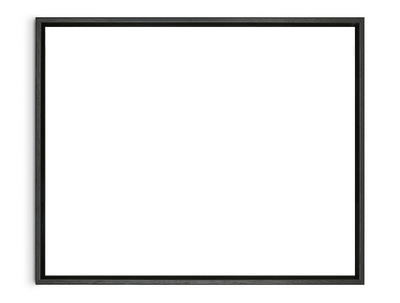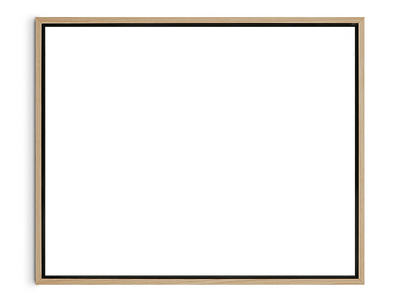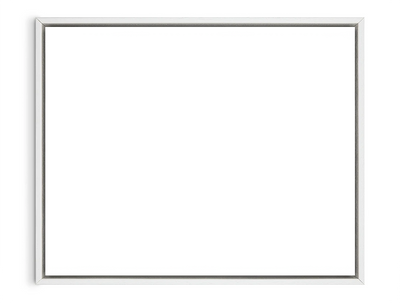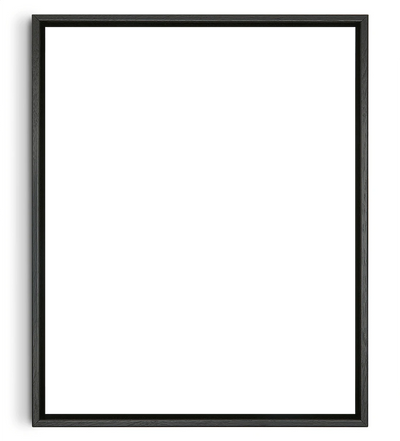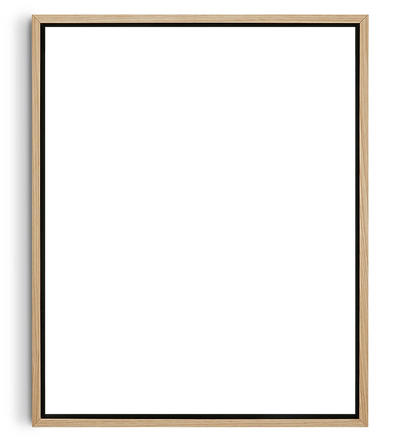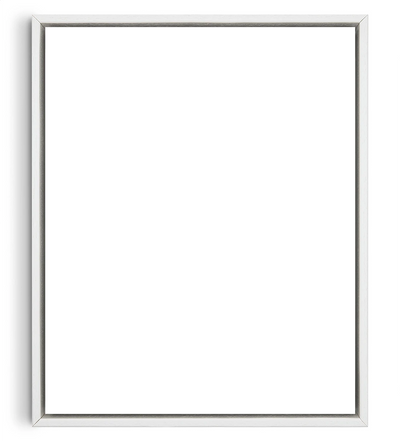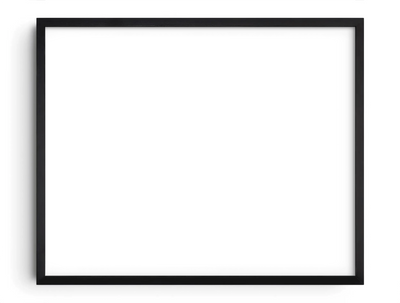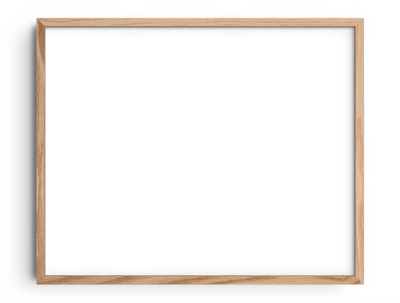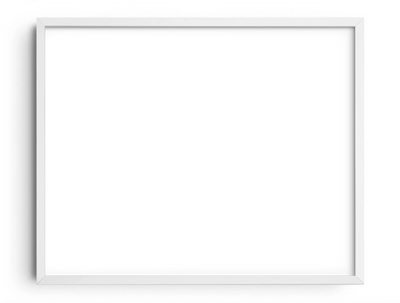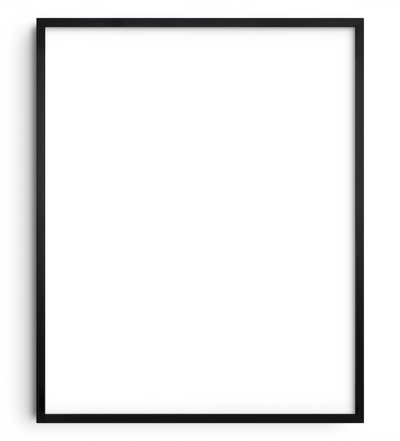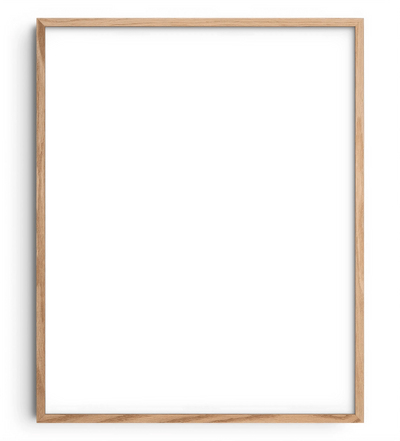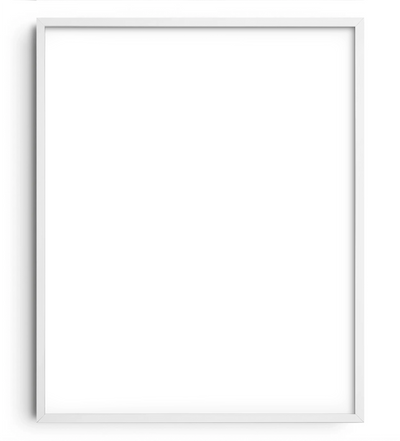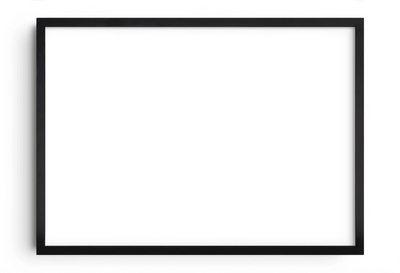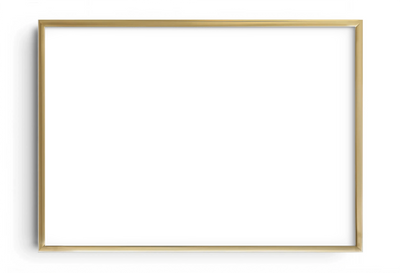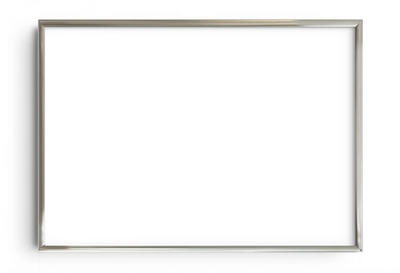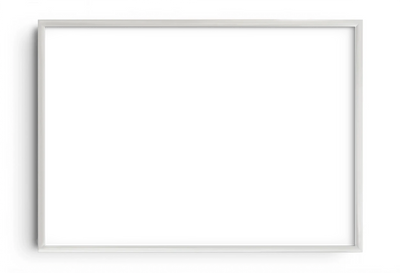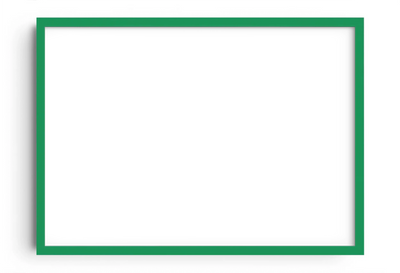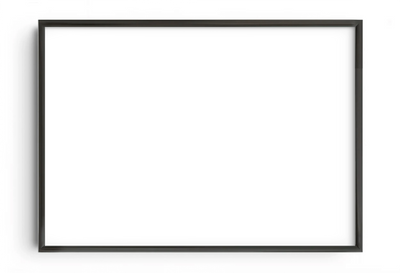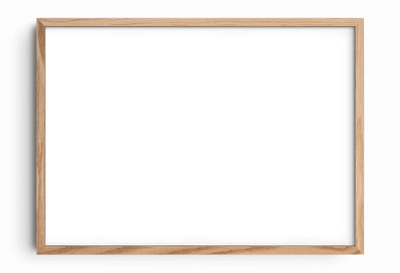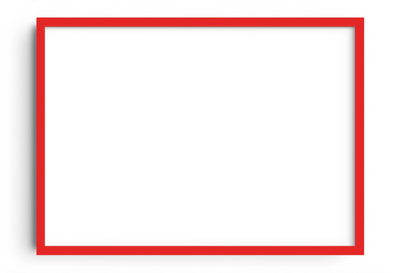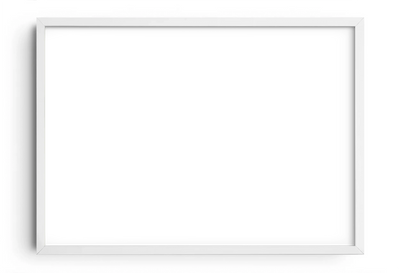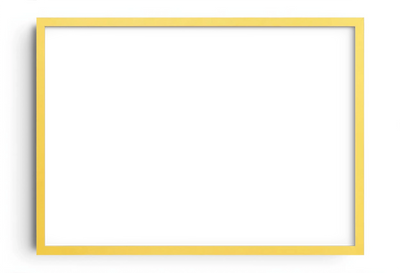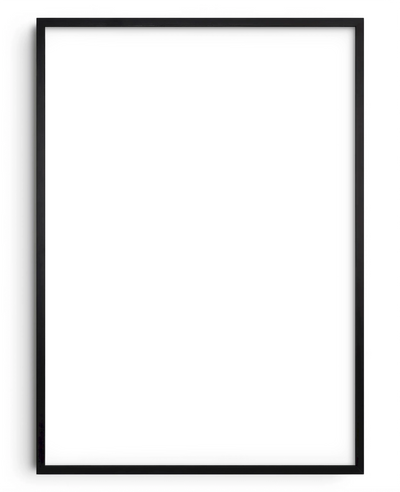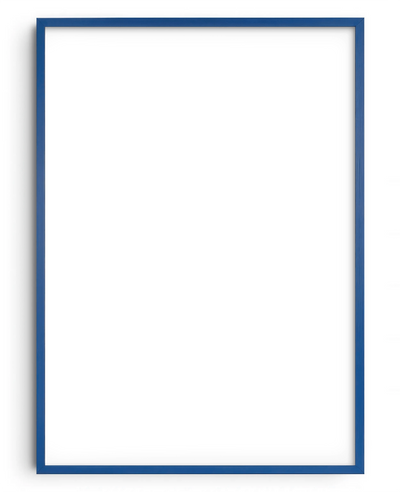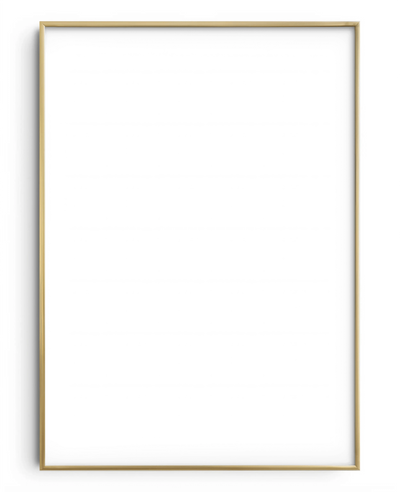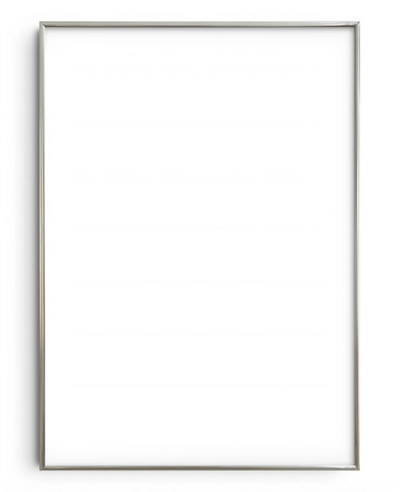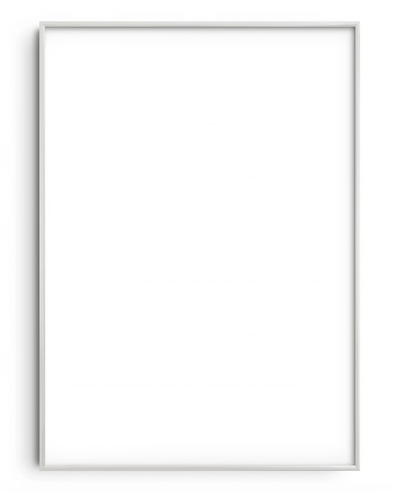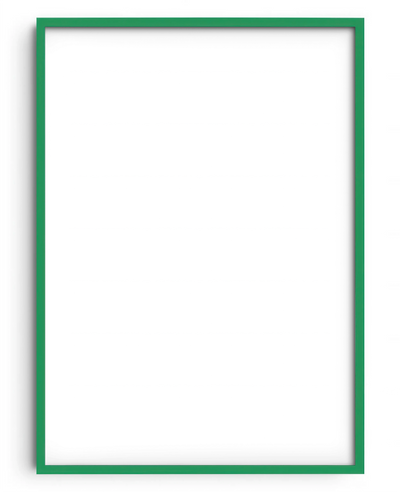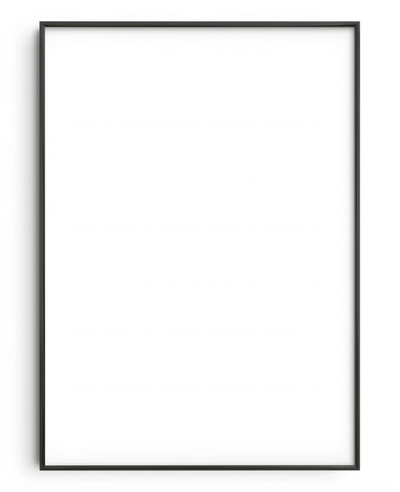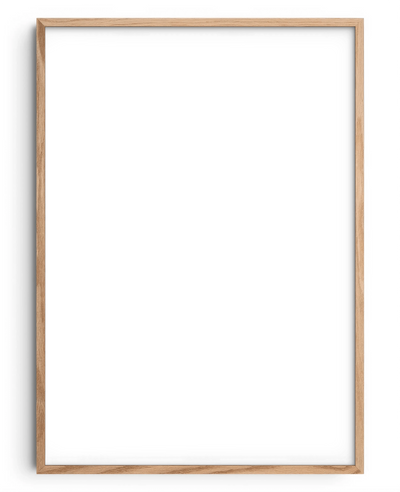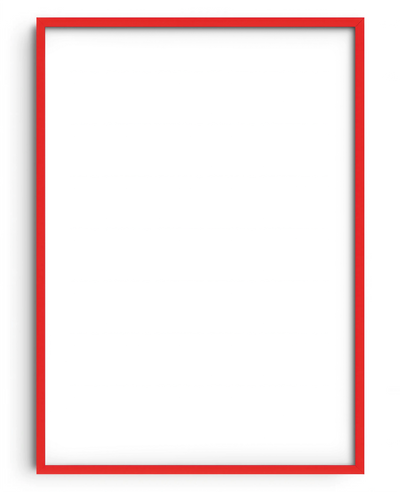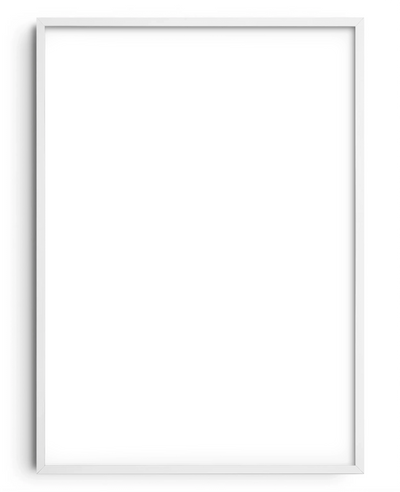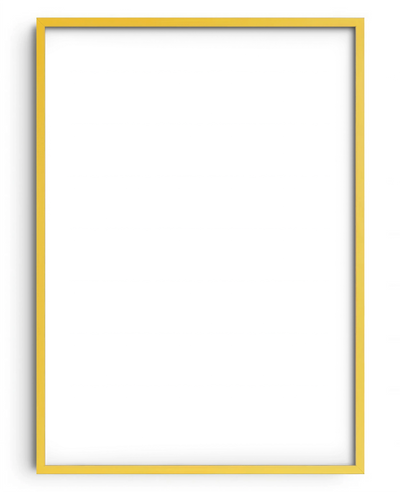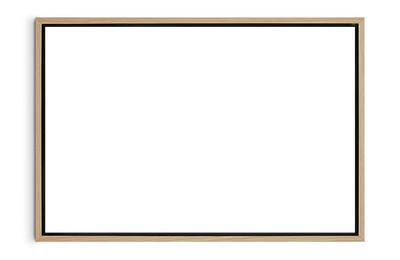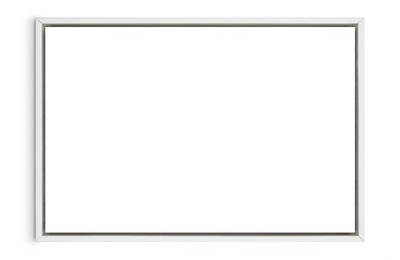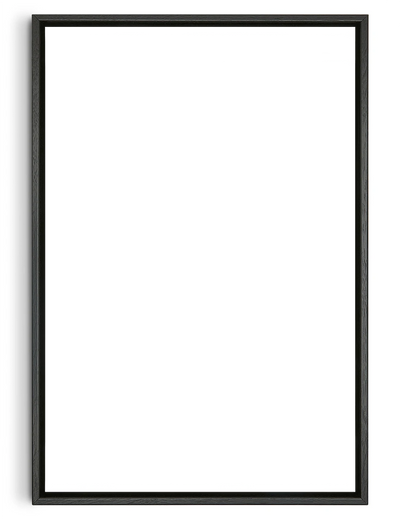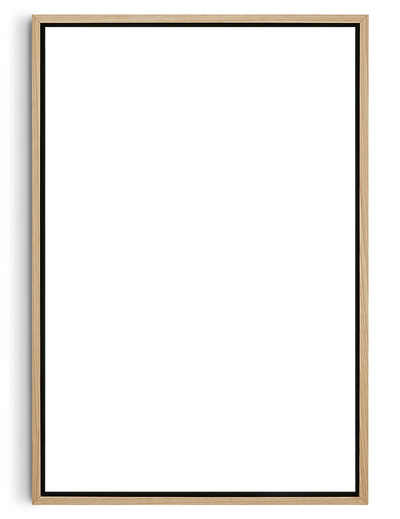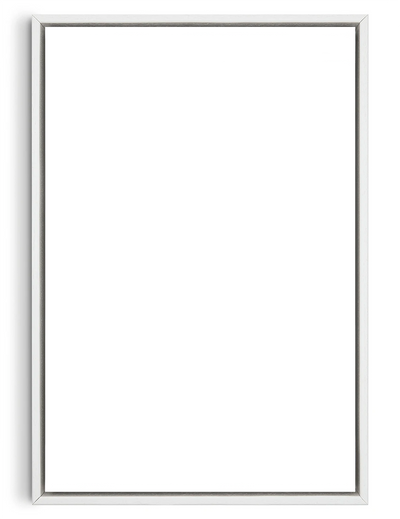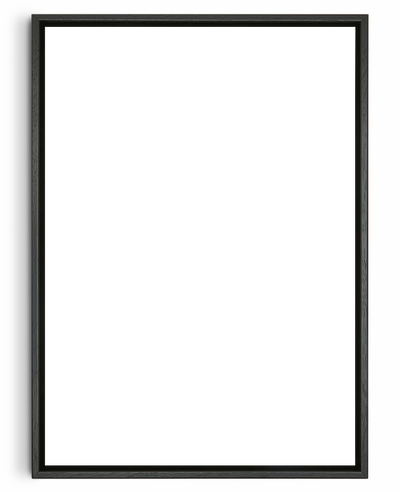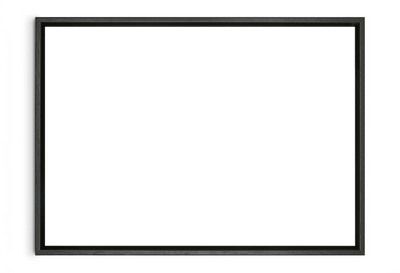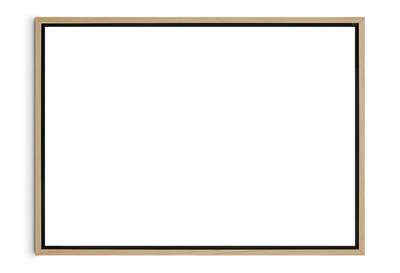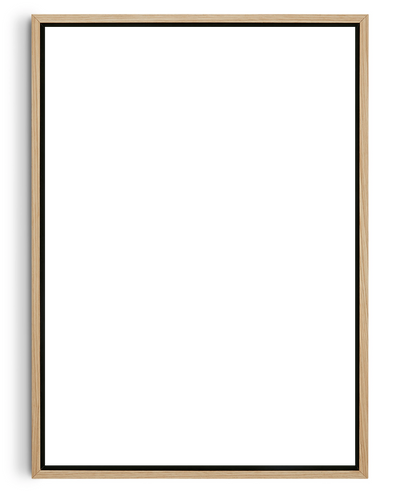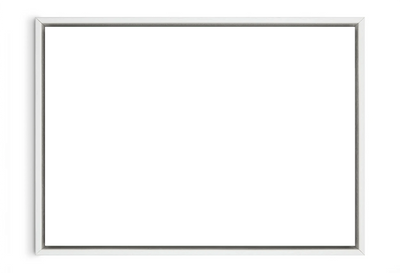


In this guide, we’ll break down the following topics:
Topic 1
Getting the artwork size and scale right
A work of art that fits perfectly in the space available can anchor the room, whilst an artwork in the wrong size can look shoddy
Small artwork
If an artwork turns out to be too small for a space it can easily get lost or overshadowed by other artworks in a space. A great resolution for this is to position a smaller artwork near a light switch or position it over a small bit of furniture, like a side table
Big artwork
If an artwork is too big for the space, it will overpower everything else in the room and look out of place. A resolution for this is to move the artwork to a key focal point and allow the size of it to command the look and feel of a room, like above a fireplace or over the top of a sofa
But this doesn’t mean you should discard an artwork that isn’t quite the right size. Remember, if you like artwork, regardless of size or orientation, just buy it. There will always be a spot suitable for it somewhere. It’ll still give you a great feeling every time you see it
TIP: You can easily play around with the dimensions of the artwork before you buy and get the hammer involved, just take the measurement and cut pieces of paper that are the size as the artwork and then stick these on the walls as guides
Size and scale of walls
A really neat finish is to style artwork on a wall that matches the same rough shape and orientation. For example, you could hang a narrow and rectangular artwork on a wall that is too. Alternatively, if you’ve got a nice wide wall, hang an artwork that is wide
Size and scale of furniture
A nice trick is to use the scale of furniture closest to your art wall to help work out the overall surface area you want the artwork to command. A general rule is to select artworks (whether that’s one piece or multiple) that are around ⅔ the width of the furniture that it’s nearest to. This isn’t an exact science, but it often works as a starting point for you to play around with
Size and scale by room
Kitchen
The room is often left out and forgotten about as a space for art. But it’s very versatile as the countertops, shelving and above cabinets make perfect spaces for smaller artworks to lean against the wall. Whereas above the dining table offers the perfect space for a larger artwork to hang. People often sway to kitchen artworks referencing food and drinks, but it’s great to break this mould and be more adventurous
Bedroom
This should be your place of zen and relaxation. So you might like to select works that reflect this. Softer colours and tones or even desaturated photography works nicely here. You can go big above the headboard or smaller over the bedside tables; it all depends on how much impact you want to create. Experiment by layering artworks of different heights on the floor and resting against the wall
Living room
This is the most common area to find artwork, but often also the scariest to decorate. As this is the room you’ll usually spend the most time in and have the most visitors, you want to get the vibe just right. It offers a great opportunity to display artworks that provoke conversation, control the look of the space and are bold. It’s best to have at least one large-scale artwork or a medium to large scale gallery wall, then depending on the size of the room, other pieces can be dotted around
Home office
You want to be inspired in your office. Something that’s bold and expressive can work well, as it’ll help lift the space whilst keeping you energised. A great way to do this is by creating a rotating gallery. All you need is a floating ledge shelf over or next to your workspace. This way, there’s no need for nails, and you can keep adding and swapping out art and personal trinkets. See it as a mood board of sorts; add positive objects and works by artists who inspire you. To perfect this look, overlap artworks of different sizes and orientations
Bathroom
This room often gets overlooked too. But it offers the perfect place to delve deeper, adding pieces that are fun and reflective of your personality. Why not go crazy with a floor-to-ceiling gallery wall, incorporating some tongue-in-cheek artwork mixed in with family photography or interesting hung objects or mirrors? The more detail, the better with this kind of maximalism approach. As mentioned before, you can even place an artwork behind the door, so it’s hidden until someone uses the throne

Get planning
Calculate the art-to-wall ratio
Here’s how to find out the total wall space you should use to keep a balanced look
Step 1: Take a tape measure and measure the total width of empty wall space
Step 2: Take the total width measurement and times it by 0.57 to get the total available hanging area
Step 3: Position the artworks you want to hang within the total available hanging area
Step 4: Align the artworks in the centre of the wall and add an even gap if needed
How to hang art prints at the correct height
Now that you’ve calculated the correct width it’s time to work out the optimum height. A smart rule is to follow what the galleries do, as in general, they position art comfortably at eye level; that way, it has the best chance of catching the viewer’s eye. But consider the room's functionality because if people are always sitting down, you may want to adjust this to make the artwork more visible. The most common mistake is to position their artwork too high
Step 1: Measure the height by measuring 57″ from the floor up the wall.This is the ideal height for the centre of your framed artwork
Step 2: Measure the length of your frame and then half it, this is measurement A
Step 3: Measure the hanging fixture on the reverse to the top of the frame. If you have a picture wire, pull it to full tension to fake how it will hang, then measure this tension point to the top of the frame. This is measurement B
Step 4: Calculate the height by adding 57″ to measurement A and then subtract measurement B. This will give you the height measurement you want to put the nail in order for the centre of the artwork to be at 57″
Hanging wall art above furniture
Hanging wall art above a sofa:
Step 1: Measure your sofa, as your wall art should be about 2/3 of its width
Step 2: Measure 6-8″ above your sofa
Step 3: Now you’ve got the perfect place for the bottom of your artwork to sit
Hanging wall art above a fireplace:
Step 1: Measure the width of your fireplace as your wall art should be at least 2/3 of its width
Step 2: Measure 4-12″ above the mantelpiece, this is the perfect height for the bottom of your wall art to sit
Hanging wall art above a staircase:
Step 1: Measure 57″ from the floor as this is where the centre of your first picture should sit
Step 2: Measure 57″ from every third step. This will form a diagonal line upon which the centre of each print should sit
Summed up
Ultimately, when buying fine art prints or posters make sure you buy something that resonates with you. It can complement the space, whether that’s through colour, size, scale, style or medium, but at the end of the day, it doesn’t have to. So don’t stress over it. Look for artwork that draws you in, and don’t be overly clinical and worry too much about perfectly matching everything. If you’re thinking too hard or long about it, just relax, take a couple of deep breaths and trust your gut






















